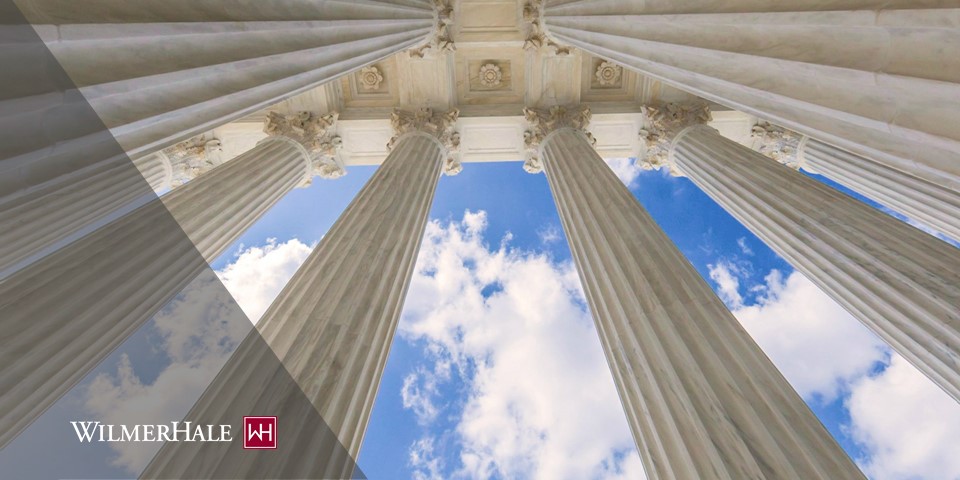The Supreme Court took the long-anticipated step of overruling Chevron U. S. A. Inc. v. Natural Resources Defense Council, Inc., 467 U. S. 837 (1984). The majority decision in Loper Bright Enterprises v. Raimondo means that courts will no longer be required to defer to an agency’s interpretation of an ambiguous statute, unless perhaps the specific terms of a statute require deference on particular questions. Courts are still expected to give “due respect for the views of the Executive Branch,” but they will not be bound by those views as they were in some circumstances under Chevron.
This is a significant change in the law, and in the long term, it will empower courts to decide more disputes and increase the risk to the Executive Branch that its interpretations will be rejected. The ruling is likely to embolden parties to turn to the courts when they disagree with an agency and make it harder for regulated parties to rely on agency interpretations. The ruling may also discourage some changes in position between administrations, because once a statute has been interpreted by the courts, there will be less leeway for new administrations to go in a different direction.
The immediate impact of the decision, however, will be reduced somewhat by decreased reliance on Chevron in recent years. The Supreme Court itself has been notably reluctant to rely on Chevron deference in its decisions. Other legal developments, such as the rise of the major questions doctrine, have limited the universe of cases in which deference is available. And lower courts have tended to be more sparing in their reliance on Chevron in light of the steady drumbeat of criticism directed at Chevron and some additional guidance from the Supreme Court on the threshold for considering a provision ambiguous.
The Supreme Court’s opinion also includes an important caveat that will likely impede lower courts from reopening prior precedents decided under Chevron. The Court observed that the overruling of Chevron is not enough, standing alone, to overcome the stare decisis effect of prior decisions:
we do not call into question prior cases that relied on the Chevron framework. The holdings of those cases that specific agency actions are lawful—including the Clean Air Act holding of Chevron itself—are still subject to statutory stare decisis despite our change in interpretive methodology. See CBOCS West, Inc. v. Humphries, 553 U. S. 442, 457 (2008). Mere reliance on Chevron cannot constitute a “‘special justification’” for overruling such a holding, because to say a precedent relied on Chevron is, at best, “just an argument that the precedent was wrongly decided.” Halliburton Co. v. Erica P. John Fund, Inc., 573 U. S. 258, 266 (2014) (quoting Dickerson v. United States, 530 U. S. 428, 443 (2000)). That is not enough to justify overruling a statutory precedent.
The loophole in this reasoning is that the Supreme Court would not be bound by stare decisis in reviewing issues that were only ever decided by the lower courts. Likewise, an en banc court of appeals is not necessarily bound by stare decisis when it reviews a prior panel decision. These scenarios leave paths for the Supreme Court to decide anew statutory questions that appeared to have been long-settled by lower-courts or for courts of appeals to revisit prior precedents that deferred to the agency if the en banc court is convinced that it would reach a different result without deference.
